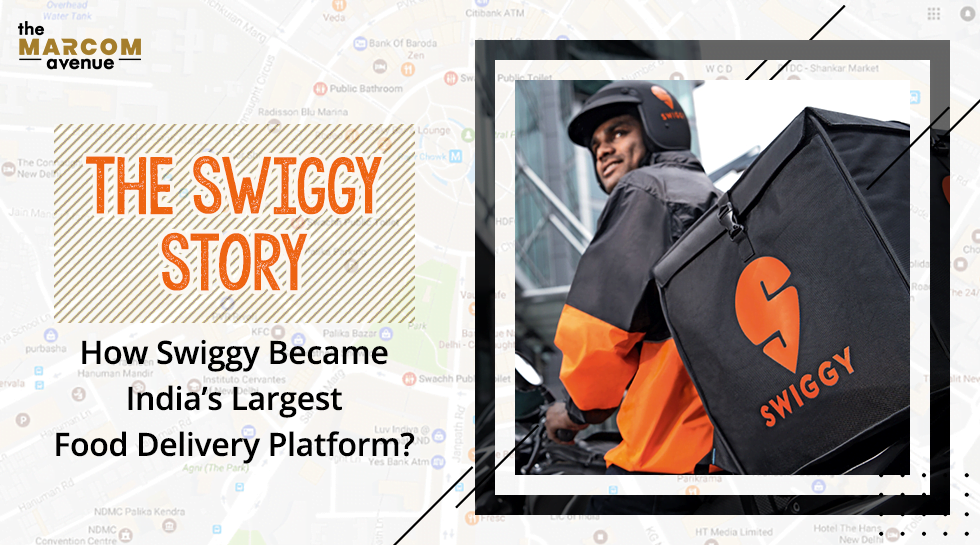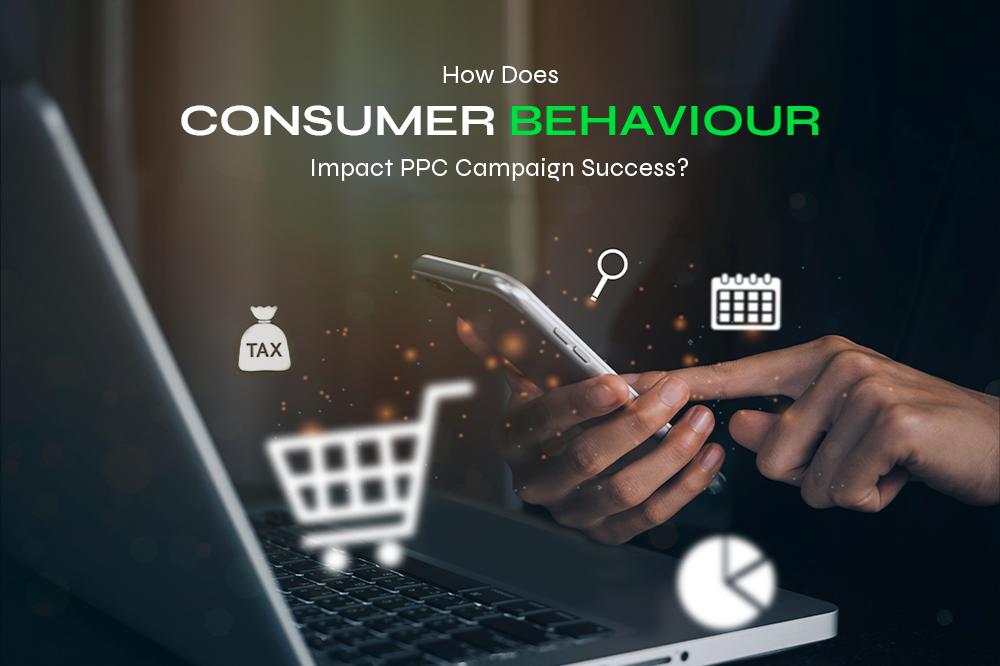
Founded in 2014, Swiggy is India’s leading on-demand food delivery platform with a vision to raise the quality of life for the urban consumer by offering convenience. The food delivering platform has grown over 5,000,000 app installations and is a common household for anyone who wants to order food online.
In this case study, we aim to discuss the chronicles of one of the largest and fastest food ordering and delivering platforms in India, Swiggy, and how it has been able to establish and become what it is today!
Started by the alumni of India’s top engineering colleges, namely IIT Kharagpur and BITS Pilani, the founders of the Bangalore-based start-up are Nandan Reddy, Sriharsha Majety and Rahul Jaimini.
Before the launch of Swiggy, Sriharsha Majety (Co-founder and CEO, Swiggy) and Nathan Reddy (Founder and CEO, Swiggy), saw an opportunity in the unorganized logistics and shipping sector. The start-up’s speciality was providing small businesses with the chance to connect with courier services using an e-commerce platform. But with the lack of technology-focused team and major players decided to ship products on their own, things didn’t go as planned. The venture shut down within the year of its commencement.
Learned from past experiences, they started to look for something that can be achieved with a click of a button. With the success of Ola and Uber, the three partners were mesmerised and saw a massive potential in the hyperlocal market. They planned and initiated its food delivery operations in 2014 with 6 delivery boys providing food from 25 restaurants.
Today, Swiggy by connecting consumers to over 1,00,000 restaurant partners provides a single window for ordering from a wide range of restaurants and delivering the tasty food to your door-step across 200 cities in India. With the use of innovative technology, Swiggy decided to provide a hassle-free, fast and reliable delivery experience.
A Challenge to Expand
As the existing players Zomato and Food panda had limited success, experts predicted that Swiggy is entering the already overcrowded market. To give a tough competition to the existing players, Swiggy as a late entrant needed to develop competitive brand communication strategies that led them to the path of success.
The first and foremost challenge for Swiggy was to convince the restaurants to join the platforms against the competitors. Initially, the restaurant partners did not show any interest because of the trust, but then Swiggy worked hard towards making their logistics network faster, easier and streamlined with a widespread and strong network of local delivery boys to make it stand apart in the online food delivery scenario.
Swiggy worked behind the idea of organising the unorganized food delivery industry. They observed and understood the sufferings of the customer as the restaurants took extended time to deliver the food. Back then, the food delivering options were not planned operations in place, so Swiggy’s entrance in the market worked as an1 icing on the cake.
Road Ahead Towards the Success
Swiggy started gaining traction with big investors because of their instant growth in revenue. By 2015, Swiggy raised $80 million in funding. Investors started to invest in the start-up after which the platform started to witness great heights. By the end of 2015, the food platform partnered with 100+ restaurants, delivering over 70,000 orders per month.
In March 2016, Swiggy faced losses 65 times. In April 2016, Swiggy decided to work on cutting costs and strengthening the logistics network. Swiggy invested in core engineering, automation, data sciences, machine learning, and personalization to understand the customer’s needs and to further enhance its operations in 2017. By the end of December 2017, Swiggy reached 10+ cities, tied up with over 20,000 restaurants and their balance sheet accounted for a whopping 4+ million transactions per month.
In 2018, Swiggy acquired Scootsy to diversify its operations in business categories, such as groceries, fashion items, stationery and other essential goods. By 2019, Swiggy clocked around 1.4 million orders per day, extended their delivery team with 45000 agents, partnered with 1,30,000+ restaurants and now has a presence in 325+ cities across India.
With an aim to deliver the food within 30 minutes on-demand, Swiggy’s business model is purely based upon hyperlocal on-demand food delivery business operation. Swiggy made use of innovative technology and concepts to bridge the gap between restaurants and food lovers.
Now, let’s see how swiggy works:
When it comes to the revenue model, Swiggy tends to earn through a lot of channels. In 2018, the food delivery platform saw the rise in expenses due to increased efforts to widen its fleet consisting of more than 90,000 delivery executives. The total expenses were more than double to Rs 865 crore as compared to Rs 350 crore. Here are the 6 Revenue streams through which Swiggy generates revenue:
Due to its unique features and great customer service, it might soon receive a competitive advantage over other such models and increase its already increasing customer base. Talking about the customer base, the brand has a well-established image on the online platforms. The food delivery app has leveraged the power of marketing in various creative ways.
As a part of their digital marketing strategy, they wanted to target the audience of 18-35 demographic which had easy access to a smartphone. This included students who cannot cook on their own and working professionals who face hunger pangs during office hours or late at night, and to achieve that Swiggy invested in planning, designing and curating digital marketing strategies that have gained Swiggy the attention it aimed for. Here are some examples of the same:
Social media marketing is a very effective and reliable source for any brand, product which is going to be launched. If social media marketing is used with a proper plan and strategy then we can see a huge difference in traffic and terms of revenue. To connect with the customers, attract engagement and build the presence of the brand online, Swiggy developed various social media campaigns. Let’s have a look into them.
Key Takeaways from Swiggy’s Business strategy
From the hyper-funding wave of 2014-15, Swiggy is the only brand that continues to thrive and grow. Despite the fierce competition from Zomato & Food panda, Swiggy successfully made its way to the food delivery space and became a unicorn start-up.
Let’s have a look at Swiggy’s Business Strategy:
Conclusion
Truly, Swiggy is a perfect example of a robust start-up. The brand started with delivering food in one city and now spreading across India. The food-delivery giant is also diversifying its logistics business with emergency items like groceries and stationeries. It has been a unique blend of business strategies, marketing strategies and social media strategies which has transformed the business in just 5 years of its inception. There are opportunities for Swiggy to become the No.1 food delivery platform as the company is already giving a tough competition to other competitors.
 Rise of Generative AI in Production Media- Impact and Future
Rise of Generative AI in Production Media- Impact and Future
 A Guide to Successful Digital Performance Marketing
A Guide to Successful Digital Performance Marketing
 How Does Consumer Behaviour Impact PPC Campaign Success?
How Does Consumer Behaviour Impact PPC Campaign Success?